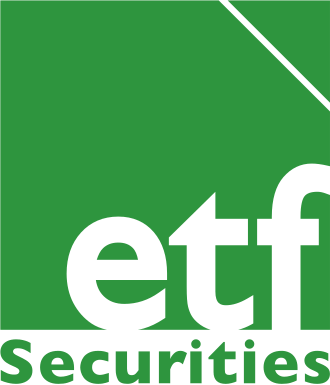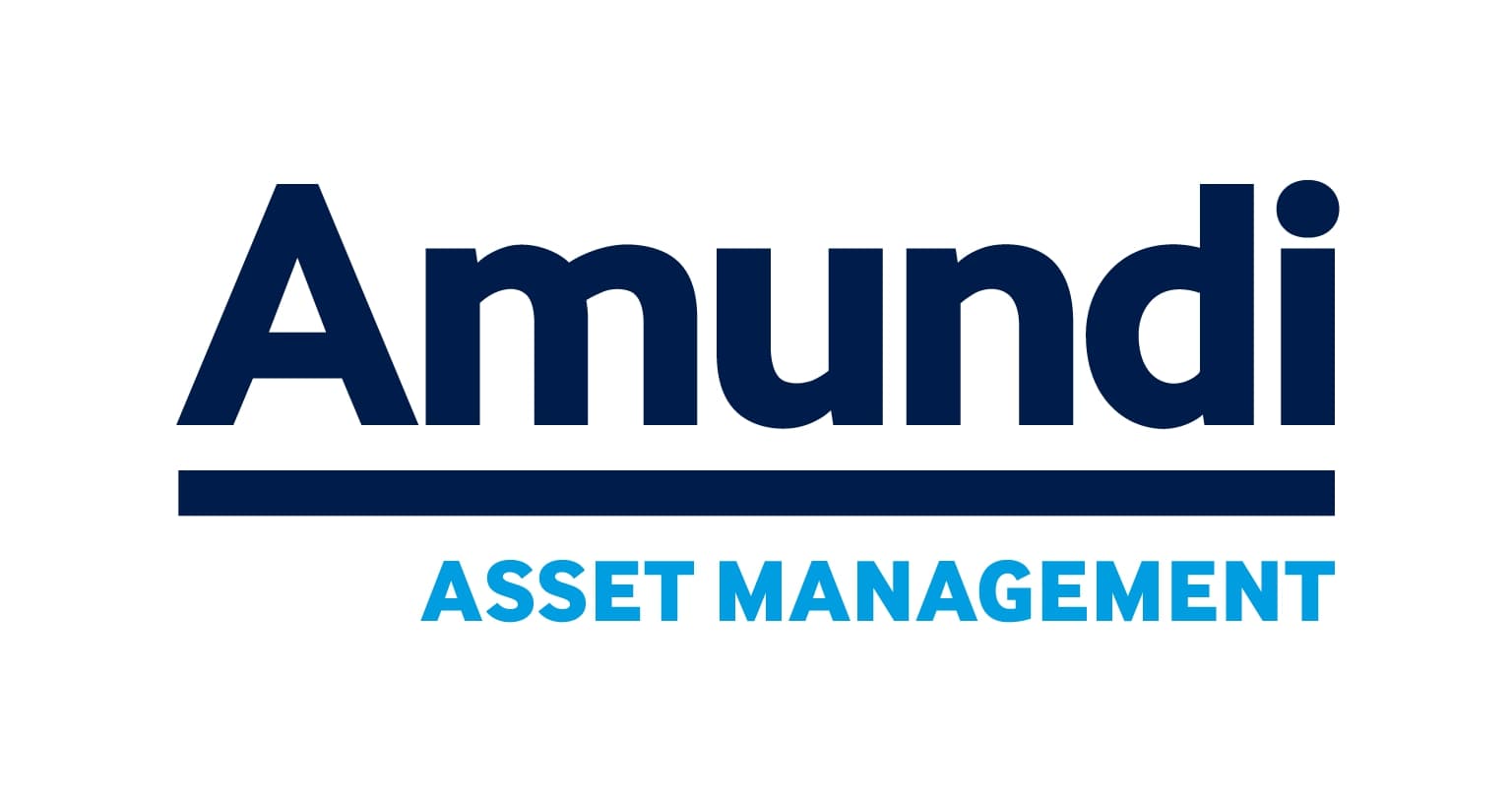ETF Securities Commodity Research: Silver may benefit from upturn in industrial cycle
Highlights
Silver has underperformed in 2017 with weak investor demand. Gold has been the choice metal for defensive plays, while a rally in equities has overshadowed silver’s cyclical qualities.
In 2018, we expect silver to play catch-up, while gold remains broadly flat.
Continued strength in the industrial cycle and a constrained mine supply would keep the metal in a supply deficit.
We expect silver’s fair-value at end-2018 to be US$18.5 to 19.5/oz.
In our gold outlook published in December 2017, we wrote about why we think gold will remain flat in 2018. While there could be upside surprises for inflation (gold price positive), rising interest rates and an appreciating US dollar (both gold price negative) would leave gold prices broadly flat. Silver, on the other hand may rise as industrial demand continues to increase and silver plays catch-up with gold after a year of under-performance.
Our silver modeli ties the performance of silver to gold. Over the past five years, monthly silver returns have had an 83% correlation with monthly gold returns. However in 2017, silver severely underperformed gold. Gold rose 10% in 2017, while silver ended the year almost exactly where it started. Gold seemed to have benefited more than silver from periodic bouts of rising geopolitical risk. A continued rally in cyclical assets such as equities diverted investor attention away from silver. Silver exchange traded products saw only 6.2 million troy ounces of inflows in 2017. That is less than a seventh of the inflows seen in 2016. By end of December 2017, net speculative longs in silver futures fell to 3545 contracts, the lowest since October 2014. It appears that silver did not benefit from its correlation with gold nor could it leverage off its cyclical status.
The gold to silver price ratio remains elevated.
Even though gold prices will likely be flat in 2018, we think that silver has some catching up to do.
Industrial cycle
Our silver model includes a proxy for industrial demand for silver. With more than 50% of silver being used in industrial applications, silver shares many traits of industrial metals, while gold operates more like a monetary asset.
Global Manufacturing Purchasing Managers Indices (PMIs) have been rising over the past year. Developed markets are growing at a faster rate than developing markets. We expect some further gains in global PMIs as developing countries gather momentum, with beneficial spill-overs from developed nations. We think the PMI index will rise to 55.0 to 55.5 at the end of 2018 from 54.5 in December 2017.
Mining capex continues to remain subdued
Our model includes a proxy for supply constraints from mines. We take an 18-month lag on capital expenditure (capex) on mines. Given that only 25% of silver is mined directly, while the remaining 75% comes as a by-product from mining for other metals, we look at mining across the sector rather than dedicated silver mines.
The current downturn in mining capex is the deepest since our data begun in 1997. Although the pace of capex decline has eased in the second half of 2017, the length of the decline has been the longest in our dataset.
This deep decline in mining investment is likely to keep silver in a supply deficit. According to GFMS/The Silver Institute data the silver market has been in a supply deficit since 2013. Although their data does not include 2017 figures yet, lower mining volumes and higher industrial demand is likely to have kept the market in deficit despite lower investment demand.
Exchange inventory likely to decline
COMEX exchange inventories have risen substantially in 2017. Taken at face-value this could indicate greater metal availability. However, most of the gains have come from eligible rather than registered inventories. Eligible inventory simply means the silver is held in COMEX’s approved warehouses but a warrant has not been issued against it. So it is not being held by the owner to settle futures transactions (at least until it is converted into registered). The rise in eligible inventory could be a consequence of the owner choosing to use COMEX warehouses to park their silver (i.e. owner may want to hold onto the silver rather use it for futures market transactions and so it is not available to the market). We expect a decline in total inventory, back to levels seen at the beginning of 2017, as investor demand encourages owners of this metal to sell.
For more information contact:
Catarina Donat Marques
ETF Securities (UK) Limited
T +44 20 7448 4386
E catarina.donatmarques@etfsecurities.com
Important Information
This communication has been issued and approved for the purpose of section 21 of the Financial Services and Markets Act 2000 by ETF Securities (UK) Limited (“ETFS UK”) which is authorised and regulated by the United Kingdom Financial Conduct Authority (the “FCA”).
The information contained in this communication is for your general information only and is neither an offer for sale nor a solicitation of an offer to buy securities. This communication should not be used as the basis for any investment decision. Historical performance is not an indication of future performance and any investments may go down in value.
This document is not, and under no circumstances is to be construed as, an advertisement or any other step in furtherance of a public offering of shares or securities in the United States or any province or territory thereof. Neither this document nor any copy hereof should be taken, transmitted or distributed (directly or indirectly) into the United States.
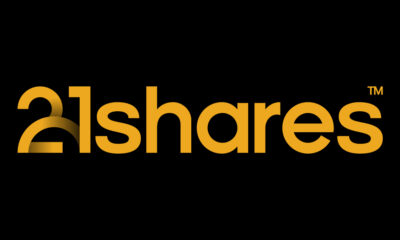
 Nyheter4 veckor sedan
Nyheter4 veckor sedan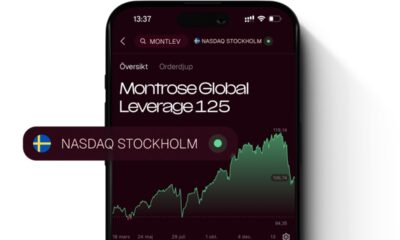
 Nyheter3 veckor sedan
Nyheter3 veckor sedan
 Nyheter4 veckor sedan
Nyheter4 veckor sedan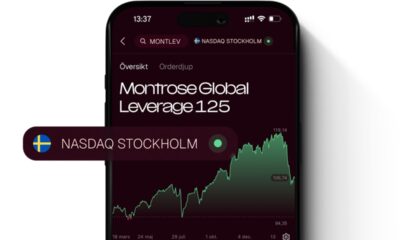
 Nyheter3 veckor sedan
Nyheter3 veckor sedan
 Nyheter3 veckor sedan
Nyheter3 veckor sedan
 Nyheter2 veckor sedan
Nyheter2 veckor sedan
 Nyheter3 veckor sedan
Nyheter3 veckor sedan
 Nyheter2 veckor sedan
Nyheter2 veckor sedan
